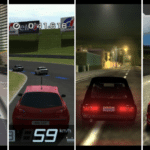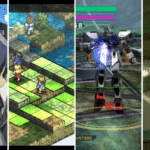As far as portable gaming consoles are concerned, the Game Boy Advance is one of the most popular ones, particularly if you consider the many iconic games that were released for the platform. On a modern system, however, it would be better not to play the games natively, but instead to run them through the best GBA emulator.
Since there isn’t a single emulator to rule them all, the next best thing is a couple of emulators that work on different systems, covering everyone’s devices and system preferences. Following are the most qualified GBA emulators, as well as some multi-platform ones.
RetroArch is a frontend that runs Libretro cores and allows users to play games from multiple systems with a single program. The cores are the firmware or BIOS files that all emulators use to emulate a certain system but packed in a different standard.
This is one of the most powerful emulation tools that can handle anything from PlayStation 3 to the Nintendo Switch, including GBA. It can run on desktop and mobile devices, but also consoles, including the aforementioned PlayStation, as well as the Nintendo Wii. It also works on Raspberry Pi devices.
It might look overwhelming to a beginner, but the support is great and there are plenty of tutorials. Unlike most of the other, overly minimalistic emulators, this one has a modern interface, built to work with mobile devices, as well as those relying on controllers, rather than just a mouse and keyboard.
With its complexity and broad support, RetroArch can be considered the best GBA emulator, as well as the best choice for the emulation of other systems.
VisualBoyAdvance-M

Emulating: Game Boy Advance/Color and Original
Platform: Windows, macOS, Linux, BSD
Download VisualBoyAdvance-M
Some emulators need no introduction, and that would be the legendary Visual Boy Advance. However, at some point, the original developers could not continue working on the project. Since there are always tech-savvy fans, VBA-M is the continuation of an already great emulator.
Given that the original emulator also worked on multiple platforms, the M version continues that tradition. There is a handy list that tells the users which version of the program works on which version of Linux and BSD. You can also make it work with RetroArch by turning it into a Libretro core.
As far as the UI is concerned, VBA-M looks like the original, so migrating from one to the other shouldn’t be a problem. The interface is bare but very functional. It has drop-down menus and is intuitive, as far as emulators are concerned. It has great support from the developers, which makes it a top choice for GBA.
mGBA

Emulating: Game Boy Advance/Color and Original
Platform: Windows, macOS, Linux, and other systems
Download mGBA
mGBA used to stand for mini GBA, however, the project became so large that mini was soon replaced with m, which per the developers, doesn’t stand for anything in particular. This is a Game Boy Advance emulator primarily, but one that can run on multiple systems.
It can run as a Libretro core, meaning RetroArch users can technically run it on systems other than the officially supported ones. It also has support for most popular desktop systems and the team is hoping to support Android at some point.
As far as support is concerned, Game Boy Advance games work the best, with only a few that don’t boot. Color and Original are a bit worse, but known quantities. DS is another story, and the development is not under an active branch, so users should turn to a dedicated emulator.
Users will appreciate its user interface, which uses terminology that most should understand. Some emulators use vague terms, which makes this one a better choice for those dipping their toes into emulation.
Of the many emulators on the list, this one is still actively developed and it represents one of the better choices for GBA, as well as other systems. BizHawk is an open-source project that wants to bring advanced tools to savvy users, as well as remain friendly and simple for those who just want to game.
It emulates many systems, from PlayStation, Sega, Nintendo, Commodore, and more. GBA is, of course, included, and it is one of the four systems that have a helpful compatibility list, the others being PlayStation, NES, and SNES.
From a gamer’s point of view, it is easy to use, as far as emulators tend to be, but it also allows features like recording gameplay. Their documentation is detailed enough and additional help can be found at the forum.
Some emulators, even after their development was stopped, remain among the best available for a platform. You might have heard of an emulator called BSnes, a great Super Nintendo emulator. Near, the late developer of the emulator, added multiple systems to the software, at which point it wasn’t logical to call it BSnes.
Hence the name change to Higan. BSnes was the foundation for cycle-accurate emulators and remains one of the better emulators, even though development has stopped for a while.
Higan continues the tradition of a cycle-accurate emulator, adding systems such as Game Boy Color and Advance, Sega Master System, Sega CD, MSX, MSX2, and many more.
Unlike other emulators, this one has an interface that requires you to “start” a desired system, but first, you would have to create one. The interface can be a bit confusing, but once you get the gist, the process can be repeated for any system, including GBA.
NO$GBA stands for no cash Game Boy Advance, and as the name suggests, it is a free emulator, though you could always support the developers. It emulates the Game Boy Advance and previous iterations such as the Color and Original, as well as the DS and DS Lite.
The emulator is one of the first ones of its kind, the one you can rely on. The UI is dated, but familiar, so getting around shouldn’t be an issue. This emulator is one of the many No Cash emulators, as the developers have successfully enabled gameplay of other platforms, such as PlayStation 1, Super Nintendo, Commodore 64, Atari 2600, and more.
How to Use a GBA Emulator
Here’s a step-by-step guide on how you can use a GBA emulator:
Loading a BIOS/Core

Using RetroArch as an example, loading a core is simple and fast. You simply choose one of the available GBA cores, in this case, the one developed by and for the mGBA emulator.
Loading a ROM/Game

Once you load the core, simply select the ROM you want to play, provided that you have already downloaded it, and that you own it. In RetroArch, when you download and load a core, the files associated with that console become recognizable by the software.
Redefine the keys if necessary and adjust other settings to best match your machine and comfort. RetroArch, like most emulators, supports gamepads, joysticks, and all other sorts of peripherals.
Conclusion
The GameBoy Advance is one of the most loved consoles and with that, one of the most frequently emulated ones. Given how there are multiple choices, most of which are abandoned, these could contest the title of the best Gameboy Advance emulator.
While pointing out a single one as the best is not possible, RetroArch stands out due to its modern interface, support for multiple systems, as well as the ability to emulate more than 20 devices.
It is up to the user to select the emulator(s) depending on their needs and hardware specifications.














